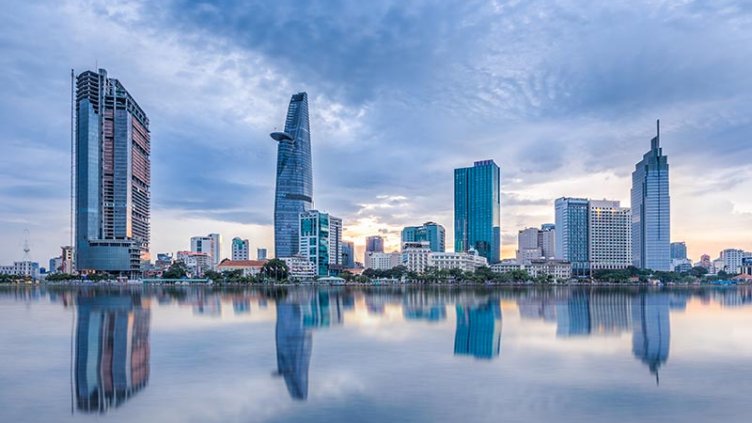APAC cost guide: growing demand for sustainable fit-outs
The increasing demand for sustainable, high-quality spaces leads to higher expenditure on materials and finishes.
We recently released our 2025 Asia Pacific Fit-Out Cost guide. The guide offers an in-depth analysis of costs across APAC, mirroring our global guide’s approach across the three regions. Nearly 60% of firms in APAC indicate they are likely to increase spending on design and fit-outs over the next five years. The guide provides timely insights into their projected budgets.
- Sustainability: More sophisticated sustainability requirements are applying upward pressure on costs. Occupiers are generally willing to absorb the higher prices in order to meet the demands of their stakeholders.
- Cost drivers: Costs have generally increased over the past year due to the inflationary environment, higher material costs and currency volatility (our guide deals with costs in USD terms). Labor shortages were also an issue for 43% of the cost management leads that we spoke to.
- Localization: Corporates are continuing to deal with unpredictable global economic conditions, a shifting geopolitical landscape and sticky inflation. The industry is adapting to offset these headwinds by localizing supply chains.
- Flight to Quality: The preference for high-quality space is market, country and region agnostic. Corporates continue to upgrade into space that helps to attract and retain the best talent, meet their sustainability objectives and maximize the employee experience.
The most expensive APAC markets for fit-outs are Tokyo and Singapore where costs are comparable to the likes of New York and London. Indian cities come in towards the lower end of the index along with emerging Southeast Asian markets such as Ho Chi Minh City and Bangkok.
Looking forward over the next 12 months, most of the cost management leads that we spoke to expect an uptick in cost. Meanwhile a conservative approach to major CAPEX decisions is likely as long as geopolitical tensions persist. All the numbers in the guide were correct at the time of publishing although the rapidly evolving global trade environment may cause costs to deviate. Find out more about APAC cost trends here.



